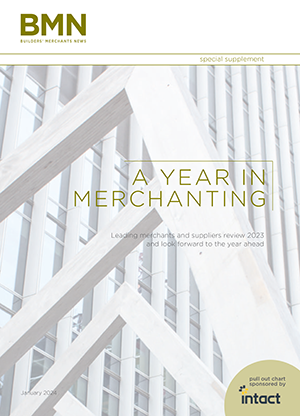The impact of omnichannel is hurting retailers that have been slow to act on the accelerating convergence of ‘bricks and clicks’, and rewarding retailers that are on their omnichannel journey.
Many bricks-and-mortar retailers had a terrible 2017 as the disruptive effects of online technology achieved critical mass, creating new channels and new ways to buy. And this year we’ve already seen a number of big retailers fail.
Manufacturers that delayed their journey are also suffering. Lego, the Danish toymaker, announced revenues down 8% in 2017 while operating profit dropped 16%. Lego ignored the growing use of tablets and smartphones and its digital business has struggled.
Sales at the UK’s 20 biggest online-only retailers rose 23% last year, according to research by professional services company RPC. The boom was fuelled by the growth of mobile shopping apps and innovations that enhance the shopping experience and convenience, the report said. “The maturing of m-commerce (mobile transactions) is helping ‘etailers’ super-charge sales,” said Jeremey Drew, co-head of retail at RPC. As more people shop digitally, traditional bricks-and-mortar retailers are increasingly reliant on online sales for growth. A report from internet-marketing group Criteo showed 53% of UK online purchases were made via a mobile device in Q4 2017.
It’s not an either-or between online and bricks and mortar. The omnichannel journey is about learning to combine the two into a seamless, slick experience that matches how people buy and like to buy. The first, crucially important, part of the customer journey is mostly online, before they contact you. The challenge is how to cope seamlessly with buying anytime, from anywhere, with any device. And managing customers’ different information needs.
Builders, like everyone else, are aware of best practice, because most buy online. They do it every day. They’re used to deciding what and how much, and when and where they want it delivered. And they’re used to being informed when their order is ready to despatch, on its way, when it will arrive, and finally that it’s arrived. That’s the benchmark.
We’re all going on this omnichannel journey, but you can’t go it alone. If your suppliers, like Lego, are behind the curve, you will be too. Suppliers have to march in step with customers, who have to march in step with their customers. And it’s best to march with an experienced partner, a supplier with all the kit and experience you’ll need.
That’s why we developed powerful selling tools for customers so they can trade effectively and grow in this more complicated Omnichannel world. I believe it’s critical that merchants have online and in-store solutions that work seamlessly together. Neither works well without the other, because it’s not how builders want to buy. So, we have real customer showrooms and easy to use, online software that’s becoming more and more transactional.
We’re also introducing animated instructional videos (as part of an online configurator), a measuring service (so virtual and real world solutions combine to fill any gap in customer resources) and a ‘chat’ facility on the Crystal website (www.crystal-direct.co.uk). Online training will be prominent this year, delivering easily retained bite-size information on video, direct to merchant staff’s mobiles, and we’re expanding our customer-facing teams. Seamless support across real and virtual worlds.
We’re on an omnichannel mission to make it easy for merchants to make this omnichannel journey - to match customer expectations and sell more PVC-U windows, doors and conservatories, more easily at good margins.
Buying is changing, and we’re helping merchants change how they sell to match how customers want to buy. We’re doing it to #MakeSellingEasy.
Are you ready for the #OmnichannelChallenge?







